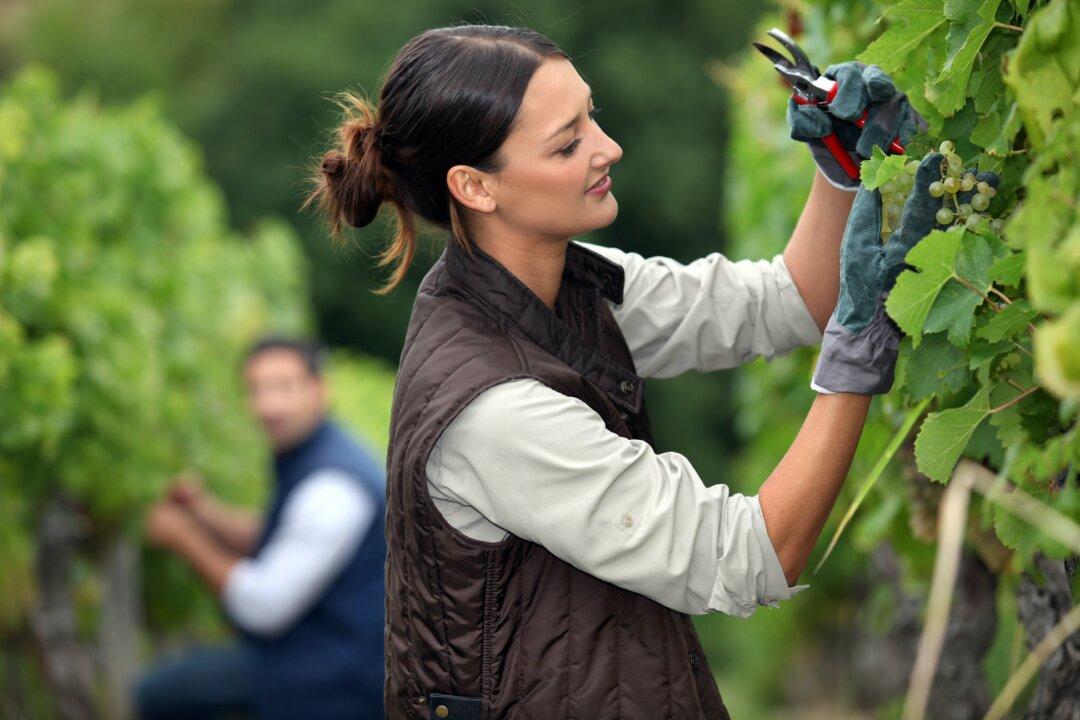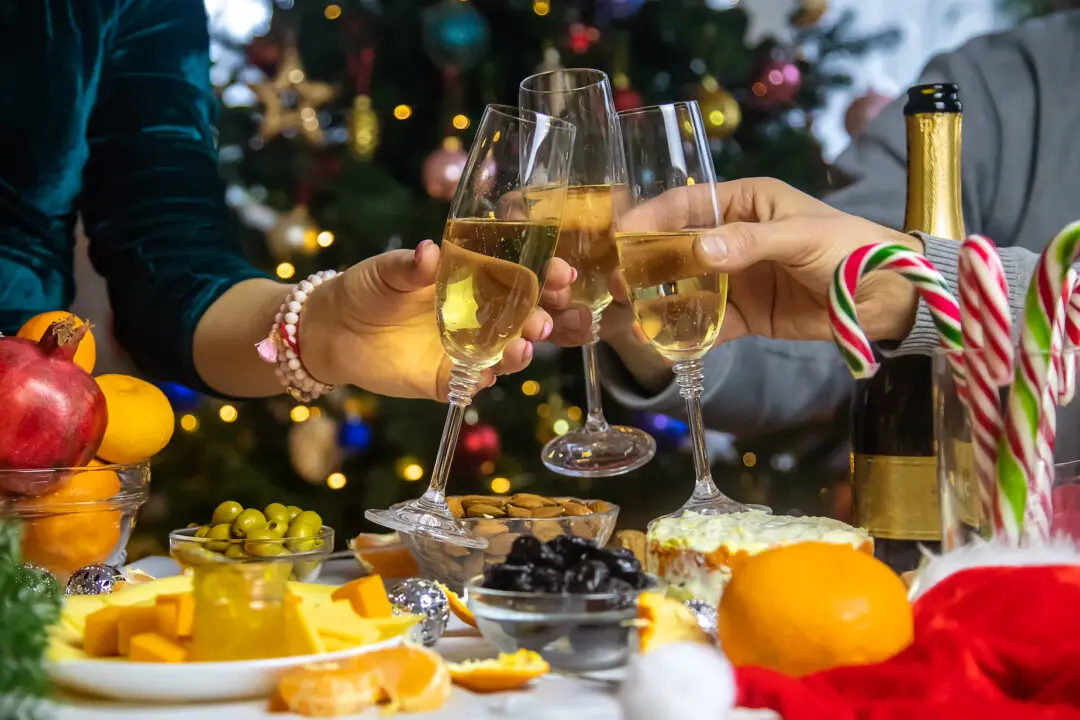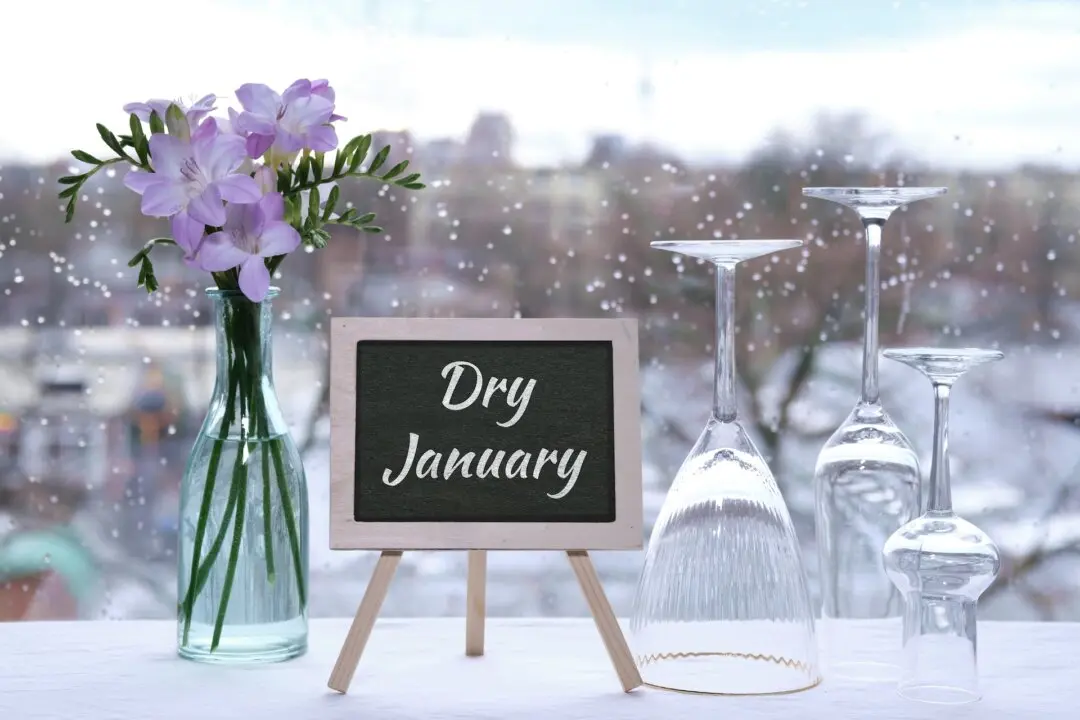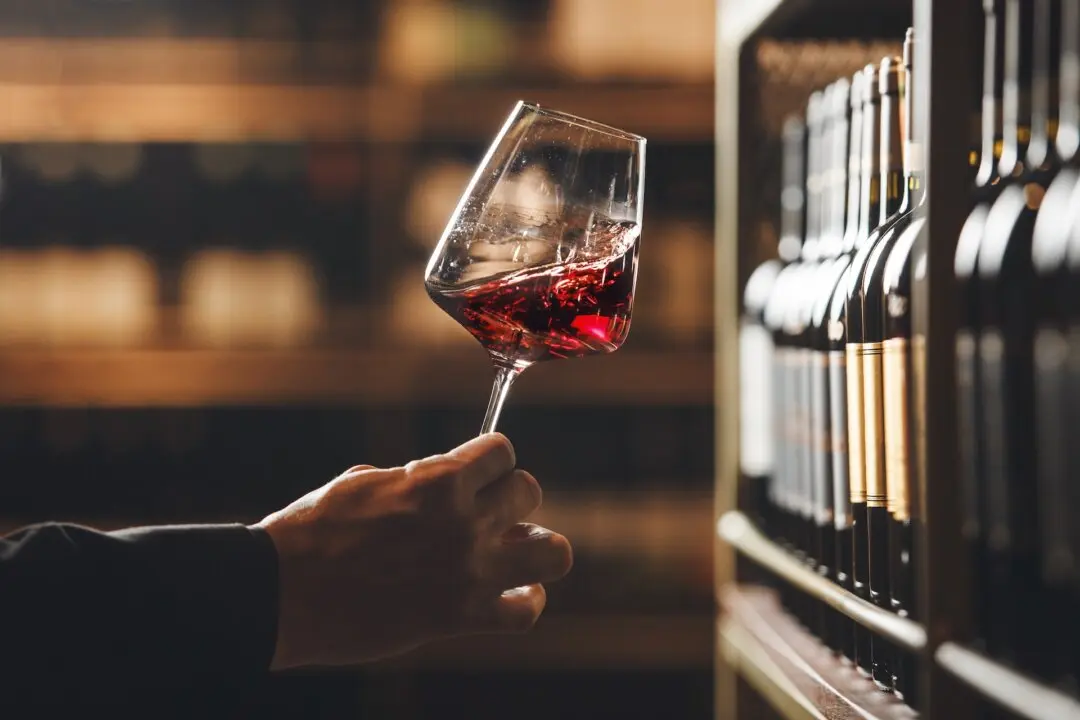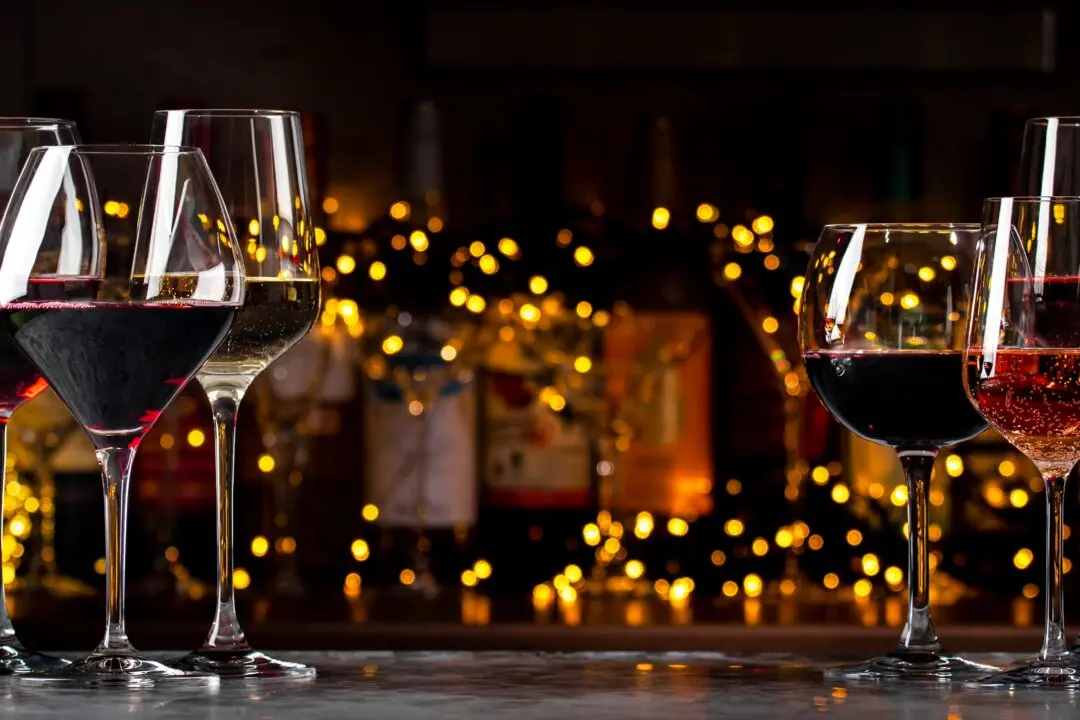Winemakers love to say their products are made of grapes and nothing else. It’s largely accurate, but if you really get into the weeds, it’s hardly all that’s at play.
As a “basically natural” product, wine is one of the most complicated of beverages. It’s 180 degrees from the formulation that leads us to Coke, Pepsi, commercial beers, and even hard cider.

